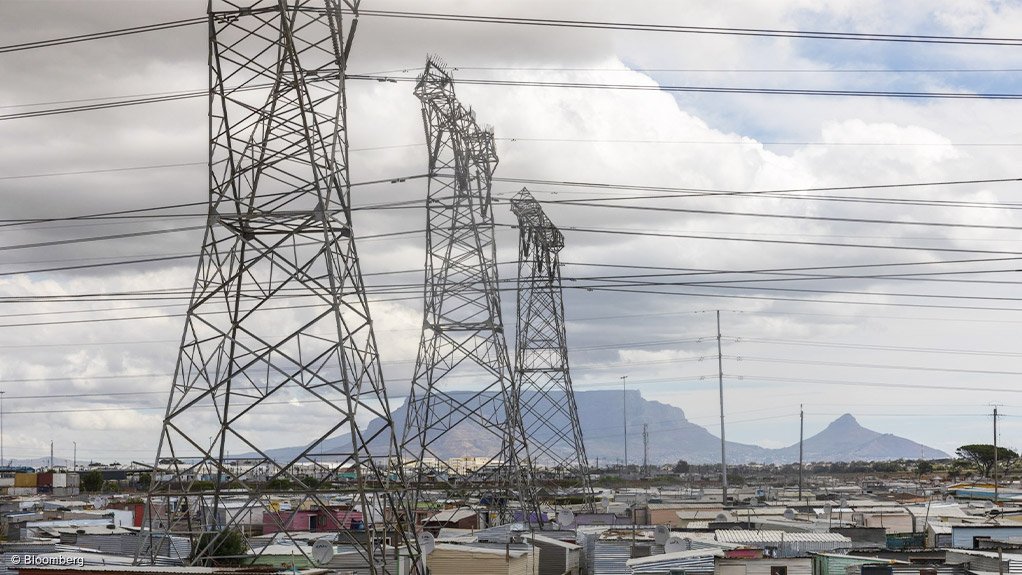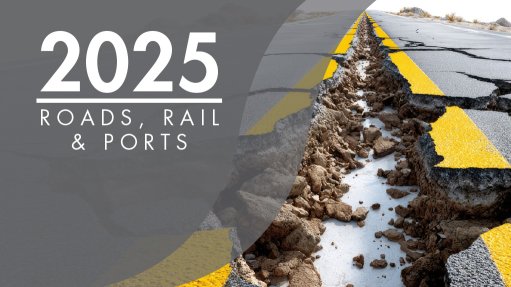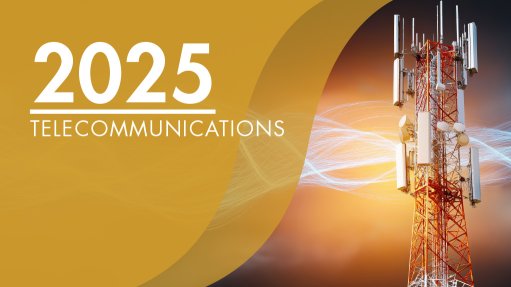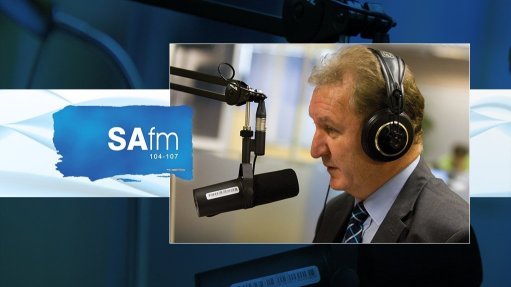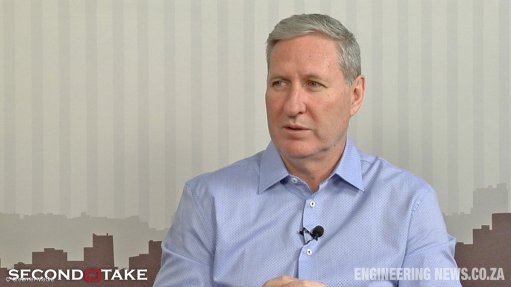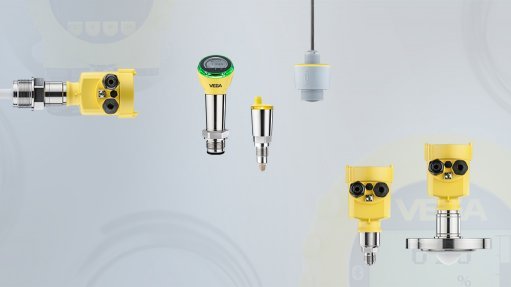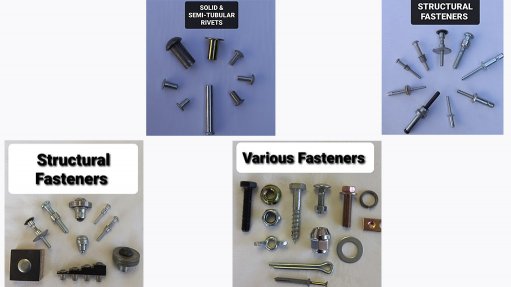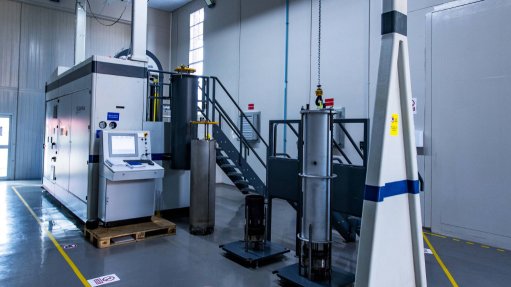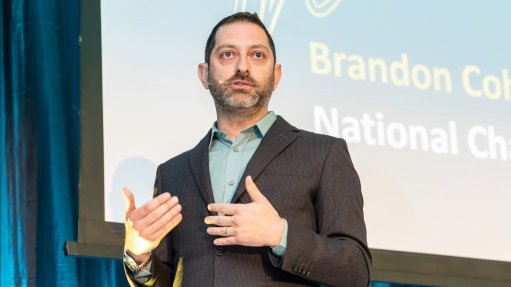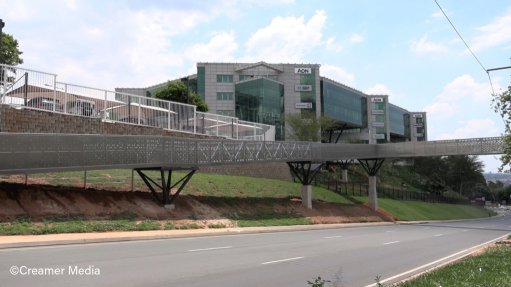Ramokgopa outlines plan for blended-finance structure to meet 2030 universal access goal
Electricity and Energy Minister Dr Kgosientsho Ramokgopa has provided the outline for an overhauled universal access strategy that employs a blended financing approach to electrify, by 2030, the more than 1.6-million households in South Africa that still do not have access to electricity.
Speaking in Parliament, Ramokgopa said the new model would move beyond the traditional grid-centric approach that had hitherto dominated South Africa’s multi-decade electrification programme, so as to include micro- and off-grid technologies.
While 8.4-million households had been electrified under the previous model, raising electrification levels from 36% in 1994 to 94% in 2024, the momentum had slowed in recent years, and the Minister said a renewed effort was required.
The idea would be to use various technology solutions to address long-standing electrification backlogs, particularly in the Limpopo, Eastern Cape, and KwaZulu-Natal provinces, and especially in informal settlements, peri-urban areas and rural towns.
The new “comprehensive universal access strategy” was the outcome of a review by the Department of Electricity and Energy and would adopt a “coordinated, technology neutral framework that accelerates access delivery, integrates grid and non-grid solutions, and institutionalises implementation partnerships across all three spheres of government”.
The new model would involve three core reforms, namely: the consolidation of all access programmes under a single hybrid planning and funding framework; the tackling of overloaded or under-capacitated networks to facilitate load growth; and the integration of off-grid and micro-grid solutions, especially in rural areas and informal settlements.
“The universal access strategy reframes electrification as a developmental and rights-based obligation, rather than a legacy infrastructure backlog.”
In addition, the funding model would be adapted to take account of the reality that the “scale of the challenge far exceeds the available fiscal envelope”.
Under the strategy, government was proposing a repurposing of the Integrated National Electrification Programme (INEP) grant into a universal access grant, as well as supporting the creation of a new blended-finance facility in collaboration with the National Treasury and development finance institutions.
A total of R13-billion had been allocated to INEP for the coming three years.
While INEP funding had traditionally been transferred to Eskom and municipalities to support electrification projects, Ramokgopa indicated that the funds could, in future, be used as a de-risking instrument to crowd in developmental and concessional finance, as well as private investment.
“By using public funds to de-risk private investments we are creating an infrastructure finance facility that will allow us to front-load the capital needed to accelerate roll-out.”
The aim was to mobilise the financing, including debt financing, needed to accelerate the electrification roll-out in high priority provinces and municipalities, while creating a predictable project pipeline that was attractive to institutional investors.
“This approach positions universal access as a bankable development investment with measurable returns in health, education and economic participation,” he asserted.
To ensure affordability, meanwhile, the department was reviewing the electricity pricing policy with the goal of creating a differentiated pricing structure “that protects vulnerable households, whilst also supporting large power users with internationally competitive tariffs for electricity-intensive, locally beneficiated exports”.
Article Enquiry
Email Article
Save Article
Feedback
To advertise email advertising@creamermedia.co.za or click here
Comments
Press Office
Announcements
What's On
Subscribe to improve your user experience...
Option 1 (equivalent of R125 a month):
Receive a weekly copy of Creamer Media's Engineering News & Mining Weekly magazine
(print copy for those in South Africa and e-magazine for those outside of South Africa)
Receive daily email newsletters
Access to full search results
Access archive of magazine back copies
Access to Projects in Progress
Access to ONE Research Report of your choice in PDF format
Option 2 (equivalent of R375 a month):
All benefits from Option 1
PLUS
Access to Creamer Media's Research Channel Africa for ALL Research Reports, in PDF format, on various industrial and mining sectors
including Electricity; Water; Energy Transition; Hydrogen; Roads, Rail and Ports; Coal; Gold; Platinum; Battery Metals; etc.
Already a subscriber?
Forgotten your password?
Receive weekly copy of Creamer Media's Engineering News & Mining Weekly magazine (print copy for those in South Africa and e-magazine for those outside of South Africa)
➕
Recieve daily email newsletters
➕
Access to full search results
➕
Access archive of magazine back copies
➕
Access to Projects in Progress
➕
Access to ONE Research Report of your choice in PDF format
RESEARCH CHANNEL AFRICA
R4500 (equivalent of R375 a month)
SUBSCRIBEAll benefits from Option 1
➕
Access to Creamer Media's Research Channel Africa for ALL Research Reports on various industrial and mining sectors, in PDF format, including on:
Electricity
➕
Water
➕
Energy Transition
➕
Hydrogen
➕
Roads, Rail and Ports
➕
Coal
➕
Gold
➕
Platinum
➕
Battery Metals
➕
etc.
Receive all benefits from Option 1 or Option 2 delivered to numerous people at your company
➕
Multiple User names and Passwords for simultaneous log-ins
➕
Intranet integration access to all in your organisation



